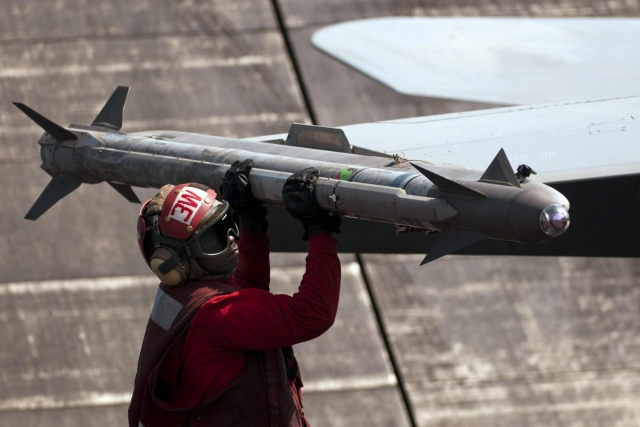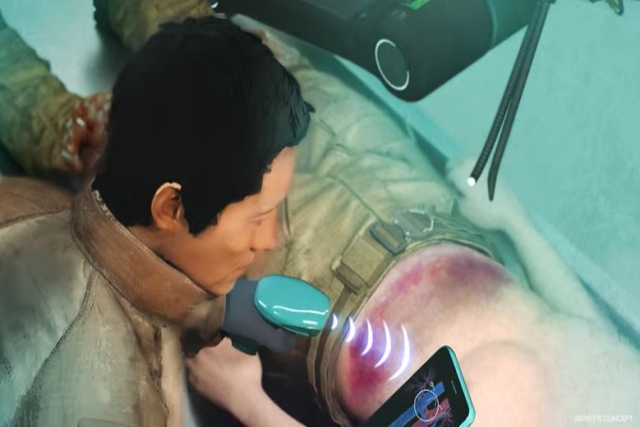Raytheon Completes Ship Self-Defense System Deliveries
Raytheon Company delivered the final Ship Self-Defense System (SSDS MK 2) hardware ship set of its 2010 production contract, completing all system deliveries ahead of schedule. The system is slated for installation and integration onboard the John P. Murtha (LPD 26), providing the ship's U.S. Navy-certified open-architecture combat management system. SSDS is an open, distributed combat management system in service on carriers and expeditionary warfare ships. It is designed to expedite the detect-to-engage sequence to defend against anti-ship cruise missiles. SSDS links and automates standalone sensors and weapon systems to provide the required combat reaction. "SSDS is a proven combat management system, demonstrating predictable and reliable performance that the Navy can count on, time after time," said Kevin Peppe, vice president of Seapower Capability Systems for Raytheon Integrated Defense Systems. "Delivering the benefits of open architecture, SSDS -- by design -- streamlines ship system updates and repairs, minimizing downtime and delivering consistent performance and interoperability across the fleet." Under the Fiscal Year 2010 contract, Raytheon provided five SSDS hardware ship sets for installation on new ships as well as for upgrades to legacy combat management systems on in-service ships. This brings the total number of systems to 30, all of which were delivered early to the Navy. The SSDS hardware upgrades are aligned with the Navy's scheduled maintenance and refresh cycles, ensuring optimum ship system capabilities and performance. SSDS' open design easily supports upgrades throughout the full lifecycle of the fleet. In addition to this key program milestone, the company was awarded an $8 million modification to the previously awarded Platform Systems Engineering Agent contract to exercise options for fiscal 2012 Ship Self-Defense System PSEA efforts. The funds continue SSDS MK 2 modifications for CVN 78 and SSDS MK 1 upgrades to the MK 2 OA baseline. In addition to SSDS MK 2 OA integration, CVN 78 will also leverage technology reuse and prior investment with the integration of the Dual Band Radar, originally developed as part of the DDG 1000 program.










